Delivery innovation threatened by driver shortages
Retailers, supermarkets, and restaurants are converging.
The growth of on-demand delivery is testing the resilience of retail, grocery, and restaurant sectors, with rising costs and driver shortages posing significant challenges. Industry leaders are now racing to innovate, balancing customer demands for speed and affordability.
Alvee Khan, Director of Monetisation and Growth at foodpanda, noted that the pandemic fundamentally changed how people approach delivery services. "There has been a high need for convenience among customers in the food delivery, retail, and grocery landscape," said Khan. "People are opting for groceries and bulky items to be delivered, rather than carrying them themselves."
But the industry is grappling with a major hurdle: the cost of convenience. "There is an increased price sensitivity across the board," said Khan. "We’re trying to figure out how to make our products both affordable for users and sustainable for the business."
Driver shortages are compounding these challenges. Jeremy Van Dille, Regional General Manager for APAC at Deliverect, pointed out that the shortage of delivery drivers is affecting operations and customer satisfaction. "It raises a critical question for restaurants and convenience stores: Do they hire their own drivers or rely on third-party platforms to handle delivery logistics?" he said.
Innovative solutions like drone deliveries are gaining traction. "Australia already offers drone deliveries for smaller orders, and we’re exploring this technology to see how it can become more accessible," Van Dille explained.
Cross-industry partnerships, like foodpanda’s collaborations with ride-hailing services such as Tada and AirAsia, are helping to bridge gaps in the delivery ecosystem. "We’re constantly thinking about how to make it more convenient for our users," said Khan.
Looking ahead, Khan highlighted a growing desire for flexibility in delivery timings. "Some customers want their orders delivered in 10 minutes, but others prefer scheduling deliveries at their convenience," he said.
Van Dille predicted that 2025 will bring further normalization in the delivery sector as businesses stabilize post-pandemic. However, he underscored the need for platforms to listen to operators and innovate continuously. "It’s up to us to ensure we’re facilitating operations that meet both business and customer expectations," he said.
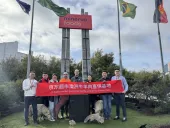


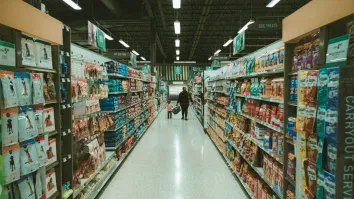
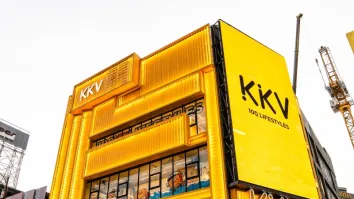
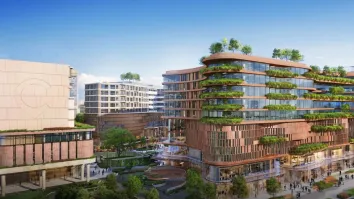


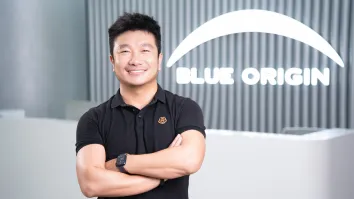










 Advertise
Advertise





